Core Facilities News - October 2023 - Research Computing Highlight
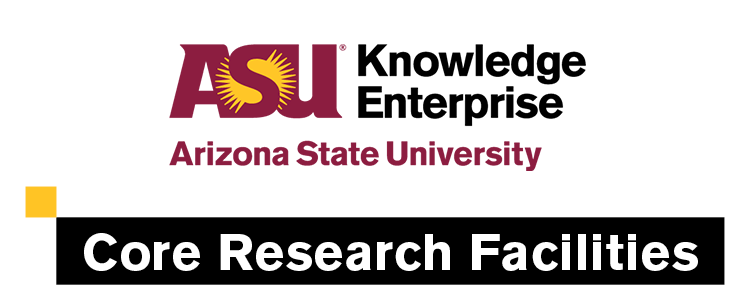

Welcome to the ASU Core Facilities Newsletter. We are ready to support all your research goals. Please follow our LinkedIn page for additional resources and community information.
Highlight: Research Computing
As a vital resource at Arizona State University, Research Computing is dedicated to advancing research, fostering innovation and driving discovery. With a team of seasoned professionals, they provide expertise in parallel computing, big data analytics, scientific visualization, high-speed networking and cybersecurity.
For ASU researchers, Research Computing is the key to unlocking the potential of advanced computational resources, enabling you to pursue groundbreaking work in science, engineering and health.
News
ASU Knowledge Enterprise Vice President and Chief Scientific and Technology Officer Neal Woodbury Demos Large Language Models
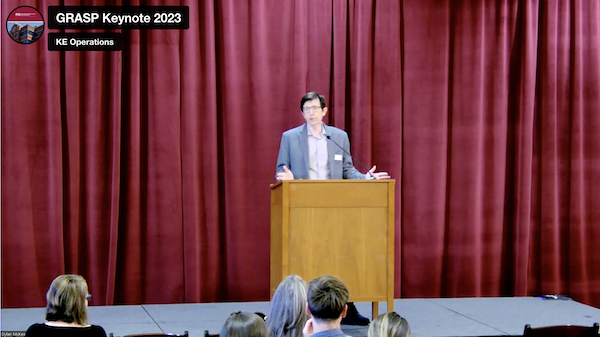
Large Language Models (LLMs) are a form of generative AI, providing responses to input text queries based on billions of parameters.
Using open-source AI models downloaded to local platforms offers several advantages. It removes the necessity to upload intellectual property to proprietary cloud models. Additionally, it allows for greater flexibility and precision in how LLMs are utilized.
LLM interfaces can search datasets they weren't trained on and can even provide answers with source citations. ASU Research Computing offers easy-to-use interfaces and the capability to allocate hardware for brief interactions with advanced LLMs. For extended use, users can be supported by resources within Enterprise Technology.
This project was enabled by the Top 500-ranked ASU Research Computing Sol Supercomputer

At GRASP 2023, Neal Woodbury showcased the LLM being developed at ASU to the university's research community. Using a straightforward chat interface, he searched a local text collection consisting of over a thousand PDF pages related to the .
To learn more about Sol or to learn more about LLM support with ASU Research Computing visit researchcomputing.asu.edu or schedule a consultation or demo of these LLMs by visiting https://rto.asu.edu/request-help.
Publications
The Sol Supercomputer at Arizona State University
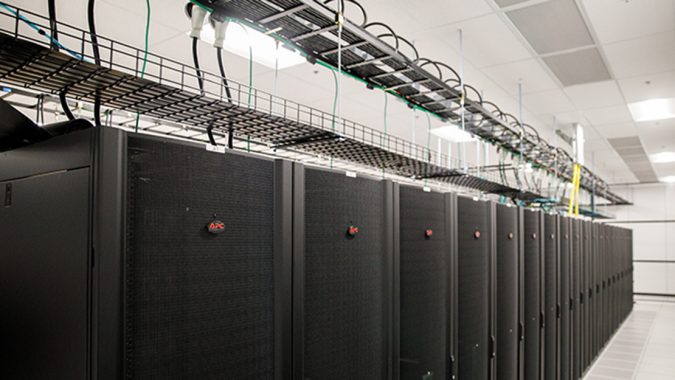
The Sol supercomputer offers ASU researchers cutting-edge capabilities. This paper outlines its rationale and technical aspects, aiming to inspire similar publications at other institutions. The accompanying git repository provides detailed system configurations and can be updated as the system progresses.
Brainomaly: Unsupervised Neurologic Disease Detection Utilizing Unannotated T1-weighted Brain MR Images

Abstract
Deep neural networks are promising for medical imaging, but obtaining large annotated datasets, especially for rare diseases, is both time-consuming and costly. Anomaly detection methods can help by focusing on images of healthy subjects, but many real-world datasets also include unannotated images of diseased subjects.
Method
We address this with Brainomaly, a method tailored for neurologic disease detection using GAN-based image-to-image translation. Brainomaly specifically caters to neuroimages and optimally uses unannotated mixed datasets. In tests, Brainomaly significantly surpassed other unsupervised methods in detecting Alzheimer’s disease and headaches.
Results
In summary, Brainomaly excels in detecting Alzheimer’s disease and headaches from T1-weighted brain MRIs, notably surpassing current leading methods. Its success is due to its unique image translation approach, ability to utilize unannotated mixed MRIs, and the new AUCp metric for optimal model selection.
Authors: Md Mahfuzur Rahman Siddiquee, Jay Shah, Teresa Wu, Catherine Chong, Todd J. Schwedt, Gina Dumkrieger, Simona Nikolova and Baoxin Li
Read the full research article.
Core Facilities News - September 2023 - AMPED Power Electronics Special Edition


Welcome to the ASU Core Facilities Newsletter. We are ready to support all your research goals. Please follow our LinkedIn page for additional resources and community information.
Power Electronics
Power electronics is a subset of electrical engineering focused on managing high voltages and currents to meet diverse power needs. This involves converting one form of power supply to another using semiconductor switches and sophisticated control methods.
The ASU Core Research Facilities, including the NanoFab, Advanced Electronics & Electronics, Solar Fab and Eyring Materials Center Cores, play a pivotal role in ASU's power electronics endeavors. Each of these facilities offers specialized equipment and a team of experts dedicated to advancing power electronics research and development. Discover more about the unique support each Core provides below.
NanoFab
The NanoFab Core Facility at our center is packed with top-notch tools widely used in the electronics world. They're often built using unique materials like Gallium Arsenide ( GaAs), Gallium Nitried (GaN), Silicon Carbide (SiC) and even diamond.
A standout device we have is the Plasma-Therm Apex Tool, which specializes in etching processes. It can work with various gases, including BCl3, Cl2, O2, Ar and N2.
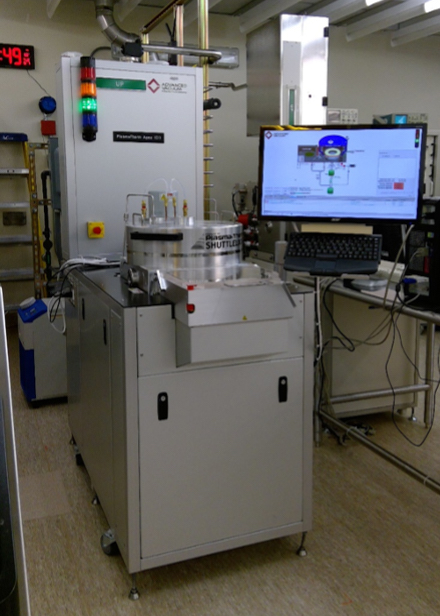
In simple terms, this tool works best with standard 4-inch substrates, but can also handle smaller or uniquely shaped ones with a special holder. It operates at different power levels, can adjust gas flow rates, and maintains pressure within a specified range.
Advanced Electronics & Electronics
The Advanced Electronics & Electronics (AEP) Core Facility has several pieces of equipment that can be used in the characterization and processing of wide bandgap semiconductors and power electronics devices.
Some equipment belonging to our AEP Core that is used by wide bandgap and power electronics researchers for fabrication and metrology includes:
Keysight B1505A Power Device Analyzer/Curve Tracer
The Keysight B1505A Power Device Analyzer/Curve Tracer is adept at handling high voltage and current sweeps for both packaged transistors and wafer-level devices, with added capabilities for capacitance testing. Paired with the Tesla CM300 prober system, it can precisely test various devices. Currently, it supports 3000V and 20 A pulsed I/V sweeps but has the potential to upgrade to 10,000V and 1500 A.
Keyence VK-X3100 Laser Confocal Microscope
The Keyence VK-X3100 Laser Confocal Microscope is an advanced tool designed for detailed analysis. It's equipped to perform nanometer-scale topology and surface mapping, alongside profiling of sidewalls. Additionally, it has the capability to detect birefringence. This microscope employs a 404 nm laser and incorporates white light interferometry for enhanced precision and versatility.
Woollam M2000 Ellipsometer
The M2000 ellipsometer gauges changes in light's polarization state when it reflects off a film's surface and its underlying substrate. This device employs intricate modeling to derive details on thickness and optical constants, including the index of refraction and extinction coefficient, based on wavelength. It excels in measuring film thickness ranging from approximately 2 nm to 2µm, a range that encompasses most solar cell films.
Other equipment within the AEP Core:
- Keysight PD1500A Dynamic Power Device Analyzer/Double Pulse Tester.
- Formfactor Tesla CM300 Probe Station.
- Yokogawa WT-5000 Precision Power Analyzer.
- Keyence VHX-7000 Optical Microscope.
- Heidelberg MLA-300 Maskless Aligner.
- AKT 1600 Plasma Enhanced Chemical Vapor Deposition (PECVD).
- MRC 603 Sputter System.
- CHA Evaporation Chamber.
- AMAT Centura Etcher (Coming Soon).
Solar Fab
The Solar Fab Core Facility supports power electronics with equipment that will grow materials that are used in power electronics research and development.
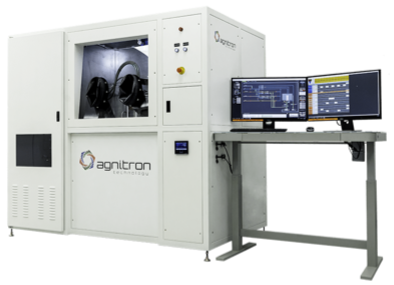
The Agnitron Mini Agilis 50 MOCVD (Metal-Organic Chemical Vapor Deposition) will be used to grow Aluminum Gallium Nitride (AlGaN) and Aluminum Nitride (AlN) for high-voltage power electronics applications. The instrument is expected to be available for use in Spring 2024.

The Agnitron Agilis 100 MOCVD will be used to provide high quality epitaxial layers of Gallium Oxide (Ga₂O₃) or a compound made up of a combination of Aluminum Oxide (Al₂O₃) and Gallium Oxide, represented as (AlGa)₂O₃, materials for high-voltage power electronics applications. The Agnitron Agilis 100 is expected to be available for use in Spring 2024.
Eyring Materials Center
The Eyring Materials Center (EMC) supports Power Electronics research with a variety of analytical techniques. While most of our instrumentation has applications to Power Electronics Research, there are a few notable highlights.
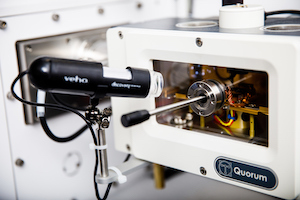
At the nano-scale, our suite of aberration corrected TEMs, with our Thermo Fisher Scientific Talos F200i coming online this Fall, can provide elemental mapping and structural information. At the nano- to micro-scale, our scanning electron microscopes and focused ion beam instruments, which includes the state-of-the-art Helios 5UX, can provide imaging, chemical and structural information.
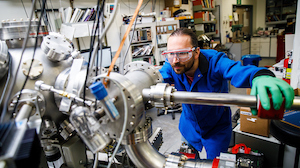
Surface composition can be characterized using our Kratos Axis Supra+ XPS or through Rutherford Backscattering using our Ion Beam Accelerator. Our suite of X-ray diffraction and X-ray scattering instruments can provide structural information as a function of depth or for bulk materials.
The new Rigaku SmartLab is a perfect tool to analyze thin film samples from low crystallinity to perfect epitaxial films. Additionally, macro scale substrate structural defects can be imaged using our X-ray topography instrument in near perfect wafers.
News
Arizona's Leading Semiconductor Talent Pipeline
In this article, Brian Harrison, President of TSMC Arizona says that “When complete, our Arizona fabs will operate the most advanced semiconductor manufacturing technology in the country. The collaboration with higher-education institutions such as ASU and the Maricopa Community Colleges are critical to our long-term success.”
Learn more about TSMC and ASU's collaboration.
Publications
Neural Volumetric Reconstruction for Coherent Synthetic Aperture Sonar
Abstract
Synthetic Aperture Sonar (SAS) improves image resolution by viewing scenes from various angles. While traditional methods face hardware limits, our research integrates cutting-edge neural rendering to enhance SAS image clarity. Our techniques have been tested and confirmed in both simulations and real-world air and water experiments.
Method
Researchers propose an analysis-by-synthesis optimization for reconstruction, enabling them to incorporate physics-based knowledge and prior information into image formation. Their pipeline adapts techniques from volume rendering and neural fields to create a general SAS reconstruction method that outperforms backprojection.
Results
Armadillo reconstructions of AirSAS measurements using backprojection and our proposed method, neural back projection. Neural backprojection outperforms by capturing object geometry, details and mitigating streaking artifacts.
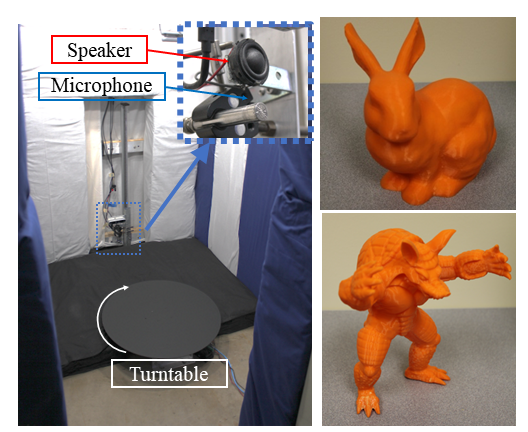
Read the full research article.
Core Facilities News - August 2023 - Space, Supercomputers and Equipment

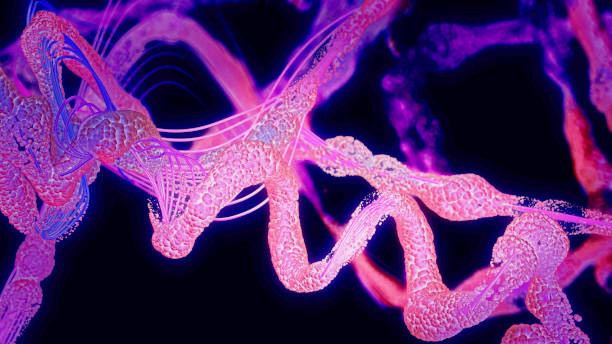
Welcome to the ASU Core Facilities Newsletter. We are ready to support all your research goals. Please follow our LinkedIn page for additional resources and community information.
News
ASU spinout company, Swift Coat, blasts off
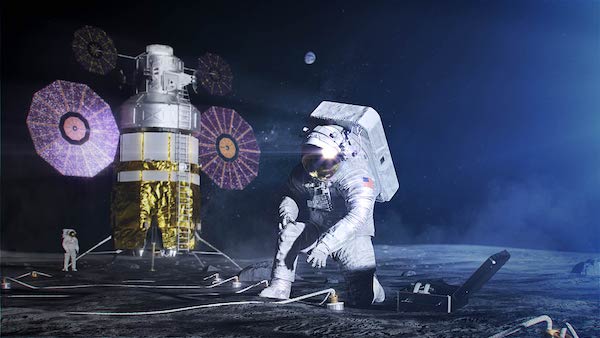
Reuniting humanity with a place untouched for over 50 years: the moon. NASA's Artemis missions aim to establish a moon base camp and orbiting spaceship, Gateway. Astronauts will utilize the state-of-the-art Exploration Extravehicular Mobility Unit (xEMU) spacesuit, featuring advancements like an anti-fogging helmet. ASU's Professor Zachary Holman and alumnus Peter Firth, founders of Swift Coat, have been chosen by NASA to develop a specialized coating ensuring clear vision for xEMU wearers. Swift Coat got it's start using equipment in the Core Research Facilities.
Learn about Swift Coat's contributions to NASA’s new space helmet.
ASU's Sol ranks among top performing supercomputers globally
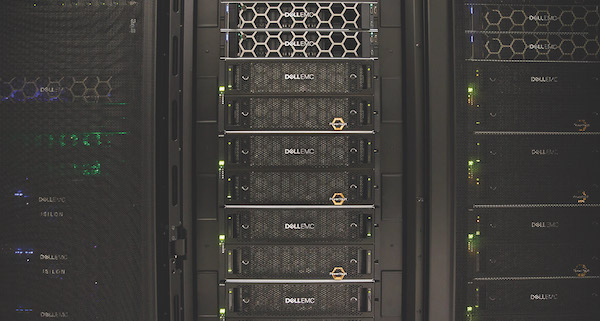
ASU's Sol supercomputer secures top rankings on the global stage, surpassing prestigious institutions like Harvard, NYU, and Johns Hopkins on the TOP500 list—a ranking of the world's fastest supercomputers. Furthermore, Sol shines as a top-performing research supercomputer on the IO500 list.
ASU Research Computing has downloaded various open-source large language models (e.g., Falcon, LlaMa, Alpaca, MPT, etc.), harnessing Sol's power for tasks like inference and fine-tuning. For additional details or to request a demo of these applications, please visit us at https://rto.asu.edu/request-help.
Read more about this achievement.
The U.S. is about to open a new window into Earth's Mysterious Insides, with help from ASU
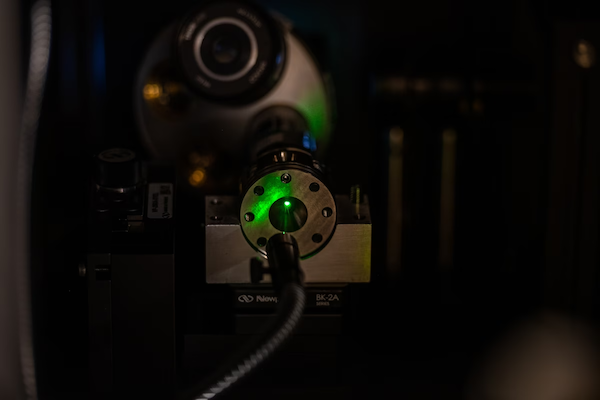
Step into the realm of high-pressure research at Dan Shim lab at ASU, where scientists simulate extreme planetary conditions. These explosive experiments provide insights into deep planetary realms, tackling fundamental questions about Earth's habitability, the origins of life and the enigmatic forces shaping our existence. This research was aided by instrumentation in our Eyring Materials Center Core Facility.
Learn more about these extraordinary experiments.
New EMC Equipment
This summer, the Eyring Materials Center has welcomed several new instruments into their facilities. Learn more about those instruments, their application and watch exciting videos of their uncratings here.
The Thermo Fisher Scientific Talos F200i (S)TEM will send electrons through your sample to image it at atomic resolution. Its dual X-ray detector will provide rapid elemental composition. The advanced segmented detector will also further inform the sample image. The addition of the Merlin detector will also allow us to use the instrument for 4D imaging, giving not only a picture of the samples but additional structural information at each point on the image.
The Xenocs Xeuss 3.0 is a versatile diffractometer primarily optimized to provide information about samples in the nanometer to micrometer scale. It is used to study solutions, suspensions and solids in various environments and sample conditions such as heating and cooling, range of relative humidity and tension to see changes in polymers as a function of strain. The robot arm can automatically process large series of solutions by cleaning the sample tube between each loading in the BioCube biocube.
The STOE STADI P is a dual transmission diffractometer with one side used exclusively to study the low and medium range order in semi-crystalline and amorphous materials at both ambient temperature, low temperatures, and high temperatures (-170°C to 1500°C). The other diffractometer is used for ambient condition measurement of powders, and in operando coin cell and pouch cell batteries.
The Rigaku SmartLab is a high-resolution diffractometer use to characterize epitaxial and polycrystalline thin films. We can use it to determine layer composition and relaxation in semiconductors, solar cells and LED. This new diffractometer talks to you as it guides your through the setup process to ensure you get the optimal measurement setup.
Publications
Three-Dimensional images reveal the impact of the endosymbiont Midichloria mitochondrii on the host mitochondria
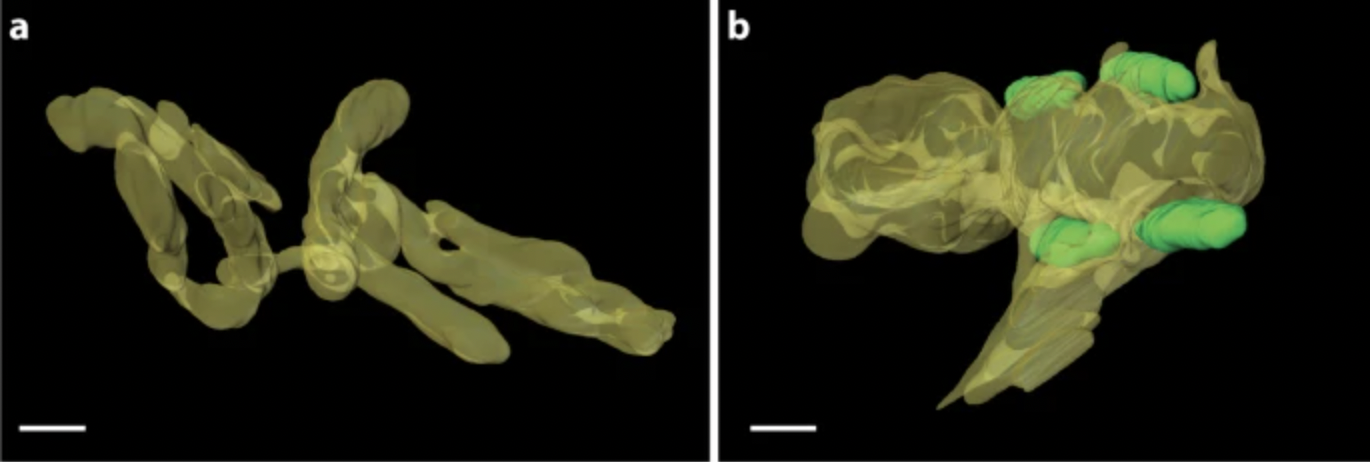
Congratulations to Dr. Zerrin Uzum (Regenerative Medicine Core) for being a first author on this Nature Communications paper. Dr. Uzum collaborated with researchers from ASU's School of Life Sciences and Instuiut Pasture, France.
How endosymbiont Midichloria mitochondrii impact host.
Age and Hormonal Stimulation Affect Tyramine Enrichment and Smooth Muscle Modulation within the Male Mouse Reproductive System
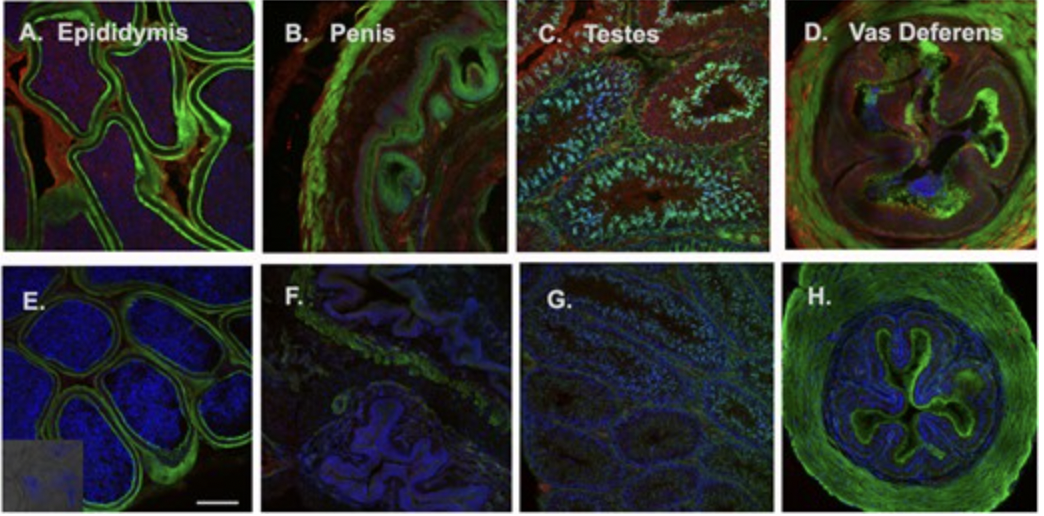
Congratulations to recent ASU Master's degree recipient and Histology Core Manager, Dr. Page Baluch, Assistant Director, Research Scientist and Regenerative Medicine Core Manager on their recent publication in Microscopy and microanalysis.
Core Facilities News - July 2023 - Core Facilities Innovation

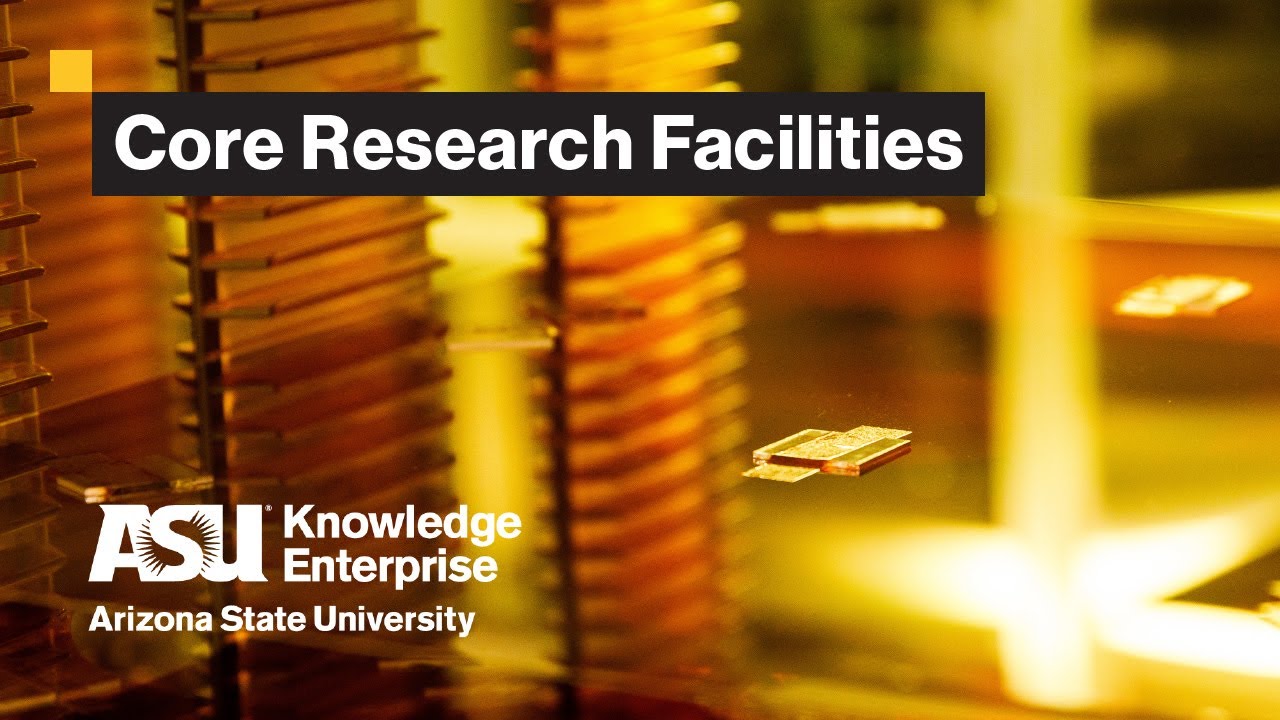
Welcome to the ASU Core Facilities Newsletter. We are ready to support all your research goals. Please follow our LinkedIn page for additional resources and community information.

Arizona State University has established itself as a trailblazer in innovation, holding the distinguished title of #1 in the U.S. for innovation for several consecutive years. One crucial factor contributing to this success is the significant impact of ASU's Core Research Facilities. These cutting-edge facilities have revolutionized the university's research capabilities, providing state-of-the-art resources and expertise across a wide range of disciplines.
With access to advanced instrumentation, specialized technical support and a diverse community of scholars, ASU researchers have been able to push the boundaries of knowledge, develop innovative solutions and address society's most pressing challenges.
How ASU maintains its top status.
News
Accelerating Arizona's Semiconductor Industry with the Materials-To-Fab Center

Arizona State University and Applied Materials Inc. have announced a groundbreaking alliance supported by the Arizona Commerce Authority, bringing more than $270 million to establish the Materials-to-Fab (MTF) Center. This state-of-the-art facility, housed in ASU's MacroTechnology Works, will serve as a collaborative environment where ASU, Applied Materials, industry partners, startups, government entities and academic institutions can work together. It aims to accelerate the transformation of innovative ideas into semiconductor prototypes using cutting-edge equipment.
For more details on this exciting initiative and its impact on Arizona's microelectronics industry.
Collaboration leads to New Test Engineering Curriculum
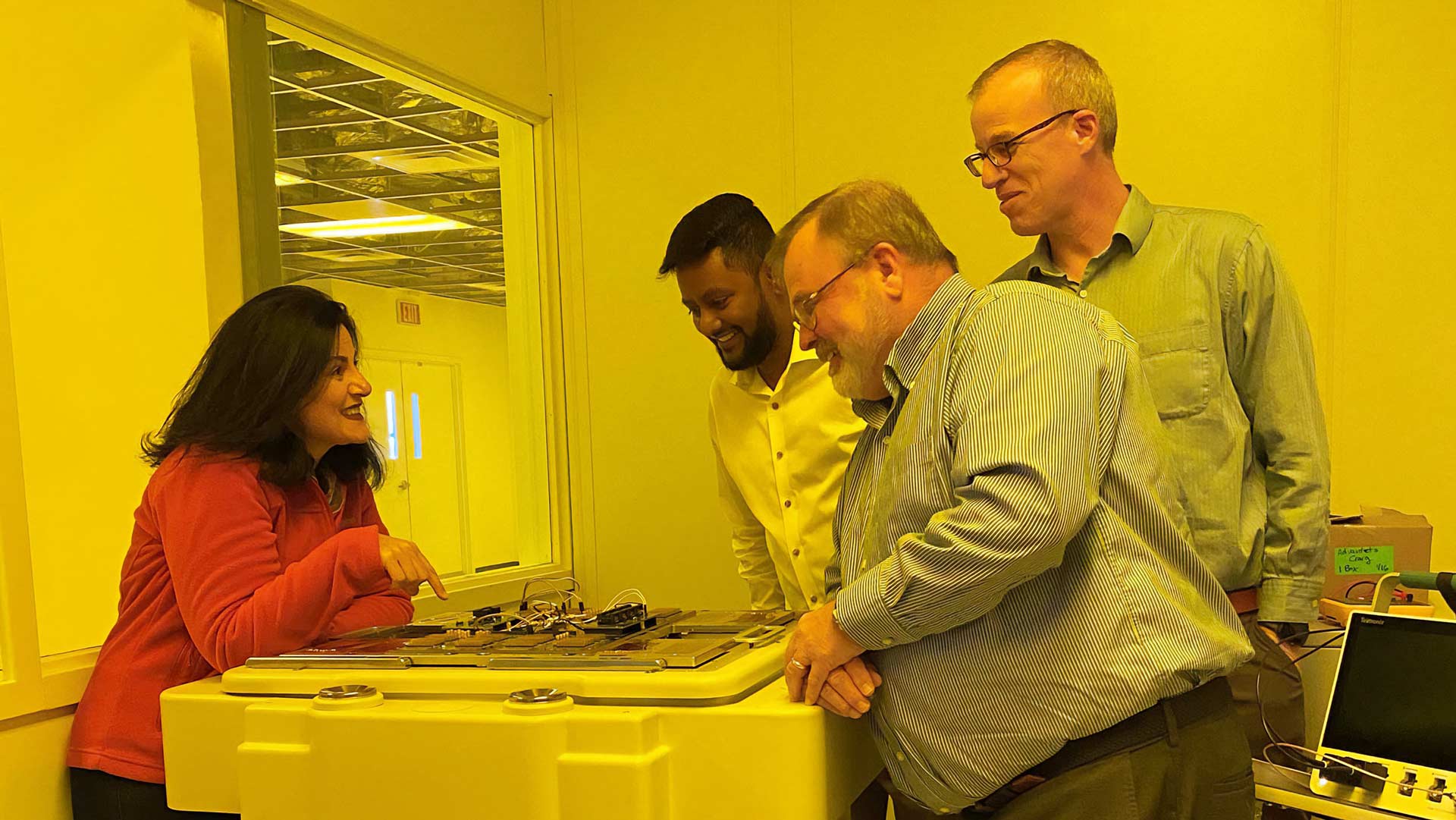
Leading semiconductor test equipment supplier Advantest Corporation and Arizona State University announced their collaboration with global semiconductor company NXP Semiconductors to create a new, ‘first-of-its-kind’ test engineering course at ASU.
The Advanced Electronics and Photonics Core Facility houses equipment that students can use for 'first-hand' experience in this course.
Why this curriculum is important.
SAXS Xenocs Xeuss 3.0 Installation
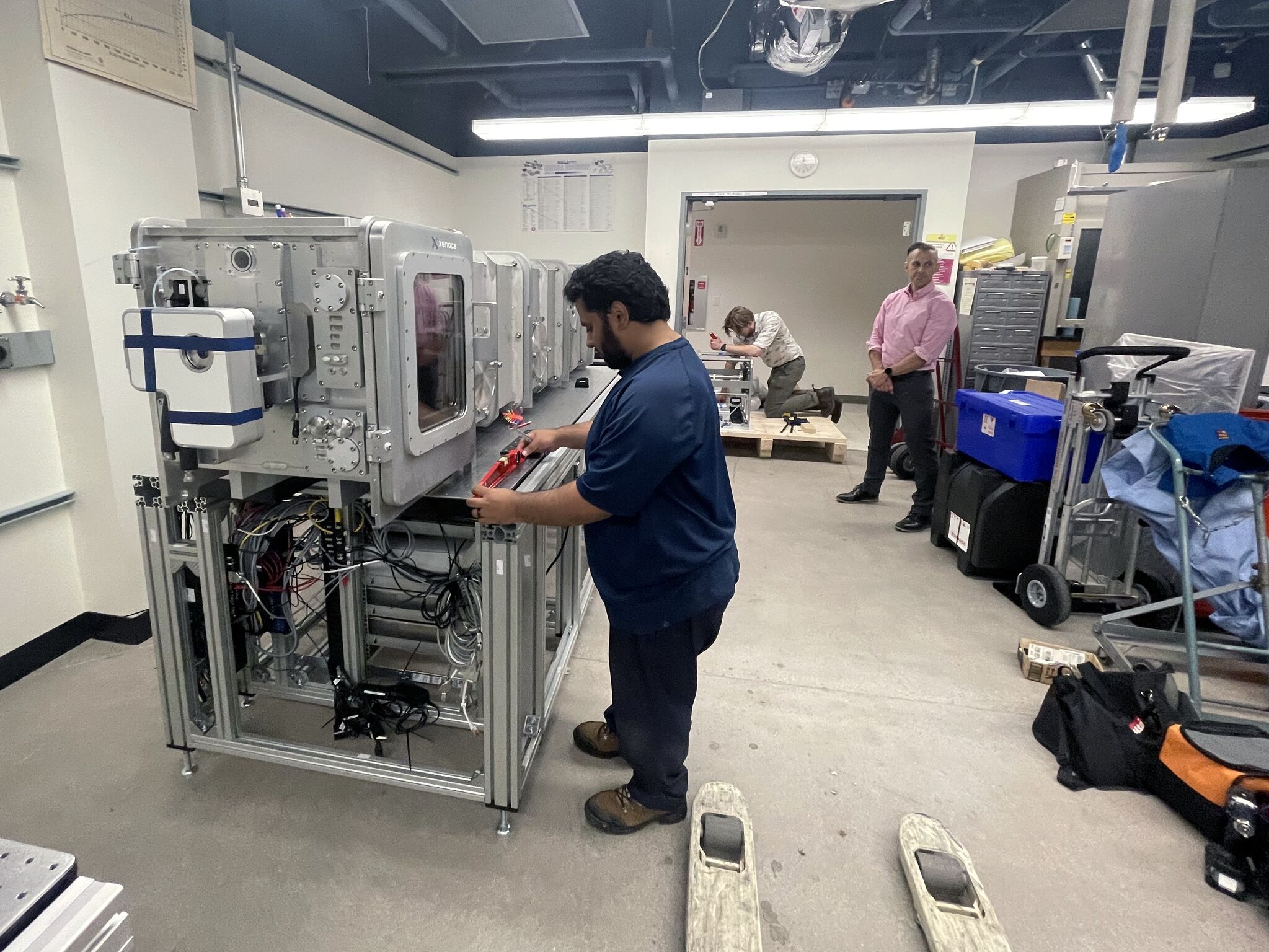
We are thrilled to announce the arrival and installation of our newest addition to the Eyring Materials Center: The Xenocs Xeuss 3.0 SAXS! This cutting-edge equipment is set to revolutionize the development of nanostructured materials with exceptional precision and versatility.
Serva Energy's Breakthrough: New Method to Produce Cancer-Killing Ac-225 Isotope
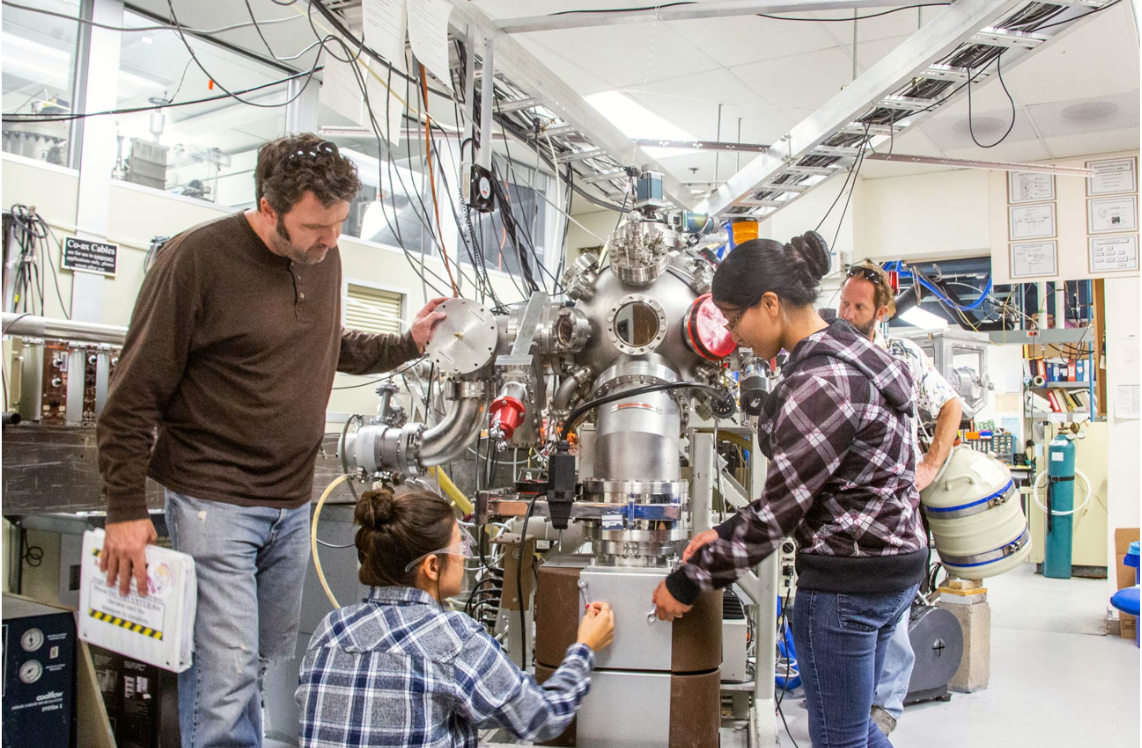
We are thrilled to unveil the groundbreaking achievements of Arizona State University's Core Research Facilities and the Eyring Materials Center in the realm of medical isotope production. Our efforts have contributed to the Serva Energy’s successful nuclear reactor-based transmutation of radium into the highly valuable and vital medical isotope actinium-225, with tremendous potential in cancer treatment.
Why this breakthrough is so important.
Videos
Who are we?
Heidelberg MLA-150
Rigaku SmartLab
Publications
Quantify and Reducing Ion Migration in Metal Halide Perovskites through Control of Mobile Ions
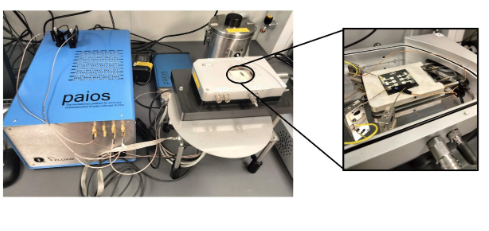
Researchers from the School of Electrical, Computer and Energy Engineering along with EMC and AEP Core Facilities quantify the ion migration of PSCs and MHP thin films in terms of mobile ion concentration (No) and ionic mobility (µ) and demonstrate that No has a more significant impact on device stability.
Understanding the Effect of Single Atom Cationic Defect Sites in an Al2O3 (012) Surface on Altering Selenate and Sulfate Adsorption
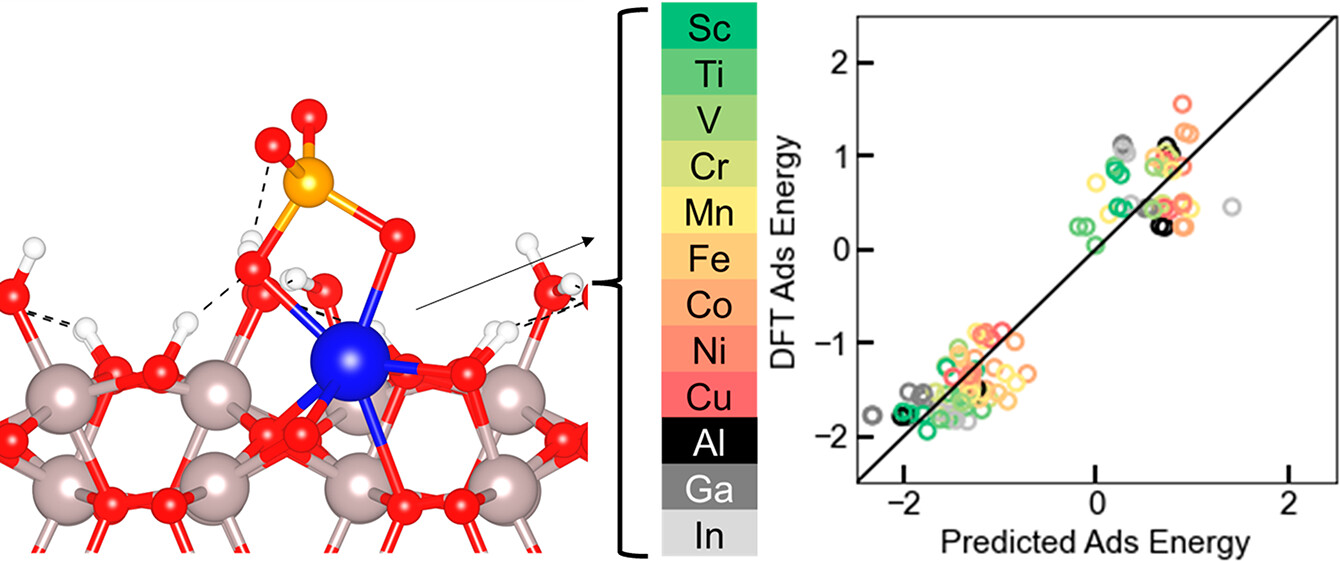
Researchers from the School of Engineering of Matter, Transport and Energy along with ASU's Research Computing discover that adsorption is a promising under-the-sink selenate remediation technique for distributed water systems. This study aims to show the relative importance of the water network effects and surface cation identity on controlling selenate and sulfate adsorption energy using density functional theory calculations.
What this means for water systems.
Core Facilities News - June 2023 - Magnetic Resonance Research Center Highlight

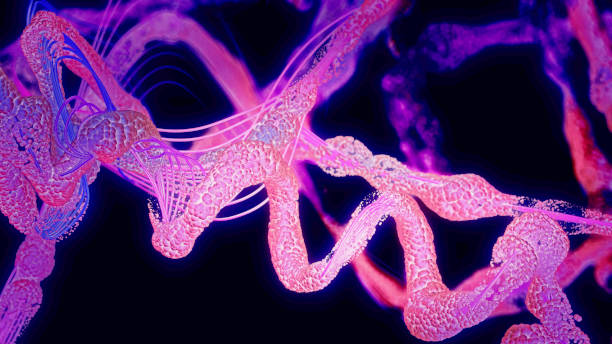
Welcome to the ASU Core Facilities Newsletter. We are ready to support all your research goals. Please follow our LinkedIn page for additional resources and community information.
Core of the Month: Magnetic Resonance Research Center

The Magnetic Resonance Research Center (MRRC) at Arizona State University (ASU) serves as a prominent resource in the southwestern region for studying and determining the structure of proteins, DNA, biomolecules, chemical compounds and solid materials using nuclear magnetic resonance (NMR) techniques. The MRRC actively promotes collaborative research and provides training opportunities in the field of NMR/MRI, spanning diverse disciplines. It places particular emphasis on projects that intersect molecular medicine, bioengineering, bio-inspired chemistry and physics, as well as materials research. Moreover, the MRRC is designed to accommodate the expanding demands for NMR/MRI research capabilities, catering not only to ASU but also to regional research institutions.
How our NMR techniques advance research.
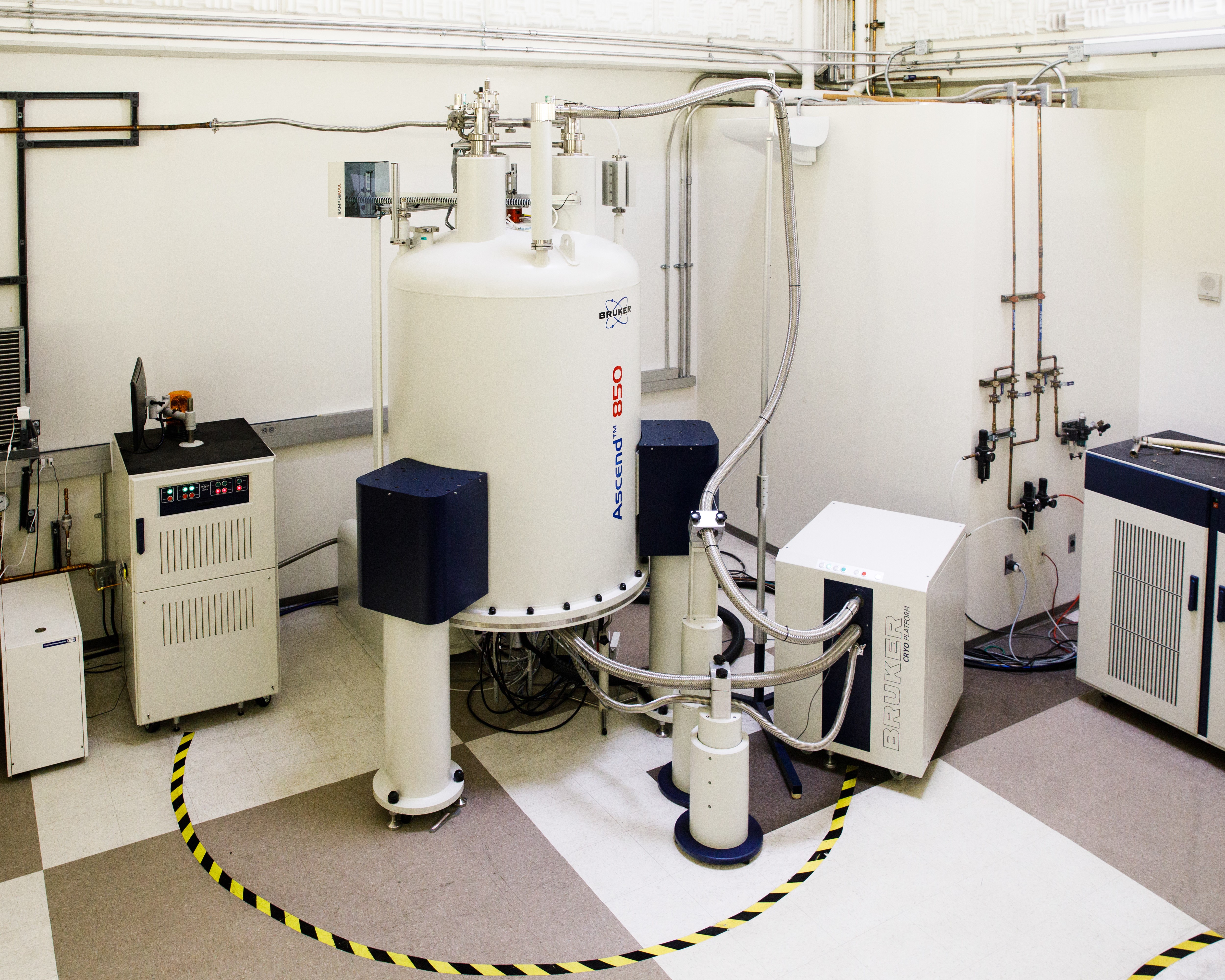
Magnetic Resonance Research Center Featured Instrument:
Our Bruker 850 MHz Nuclear Magnetic Resonance (NMR) spectrometer is ideal for biological macromolecular structure and dynamic investigations of proteins, membrane proteins, nucleic acids, glycans and biomolecular complexes. The heart of this NMR is a 20 Tesla superconducting magnet. The high magnetic field strength and cryogenically cooled probe enhance resonance dispersion and sensitivity to extend the upper limits of macromolecular size for atomic level details on structure and dynamics of biological macromolecules and complexes.
How this instrument supports ASU research.
Publications
The Critical Role of DNA Flexibility in Mutation Repair Efficiency
Researchers from ASU's School of Molecular Sciences and Core Facilities, along with scientists from the University of South Florida, published this paper "The Critical Role of DNA Flexibility in Mutation Repair Efficiency" in Nature.
Researchers at ASU and USF identified the critical role of DNA flexibility in mutation repair efficiency. NMR spectroscopy, fluorescence kinetics, and molecular dynamics simulations collectively reveal that DNA flexibility directly dictates the efficiency of enzyme UNG in repairing uracil mutations in DNA. More specifically, the two bases that directly surround the lesion have the greatest impact on DNA flexibility and, consequently, DNA repair.
Preventing H2S poisoning of dense Pd membranes for H2 purification using an electric-field: An Ab initio study
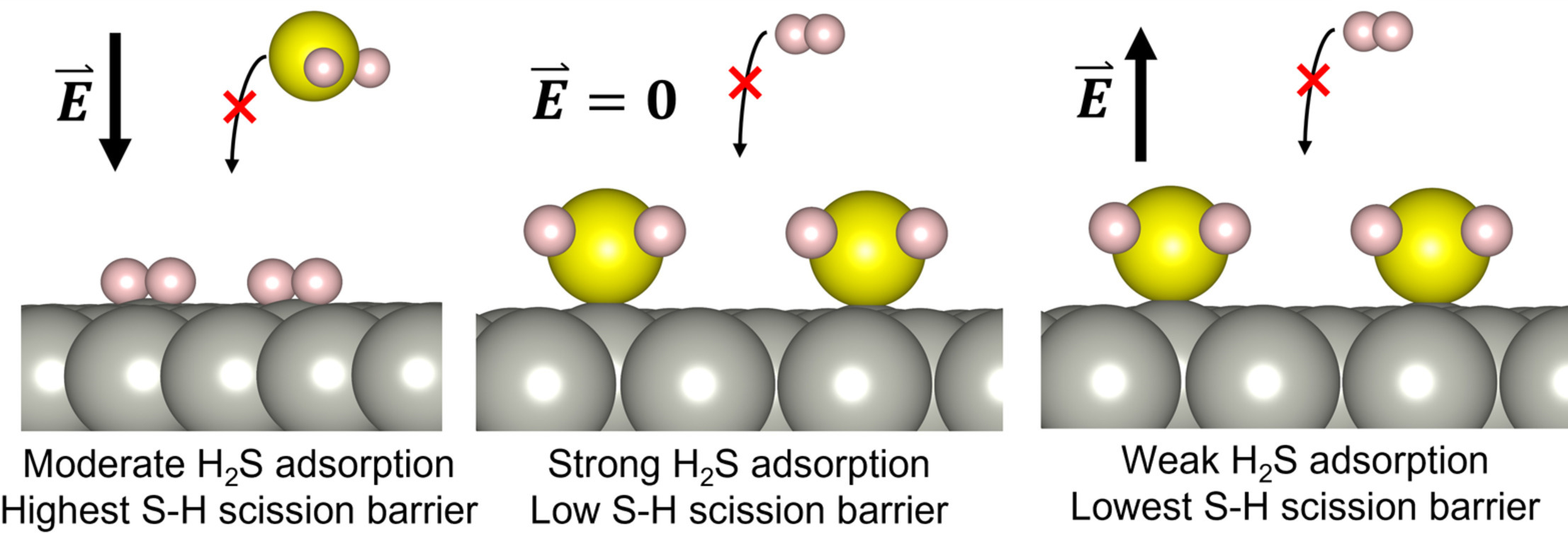
High purity hydrogen is required across the energy, chemicals, and semiconductor processing industries and the current multi-step pressure swing adsorption processes are both high cost and inefficient. Dense palladium membranes are highly permeable and selective to hydrogen, but their deployment after steam methane reformation is hampered by their vulnerability to poisoning by sulfur. This publication, written by researchers that are part of ASU's School for the Engineering of Matter, Transport and Energy, investigates the use of an applied electric field to prevent sulfur poisoning.
Discover the breakthrough that could revolutionize hydrogen production.

